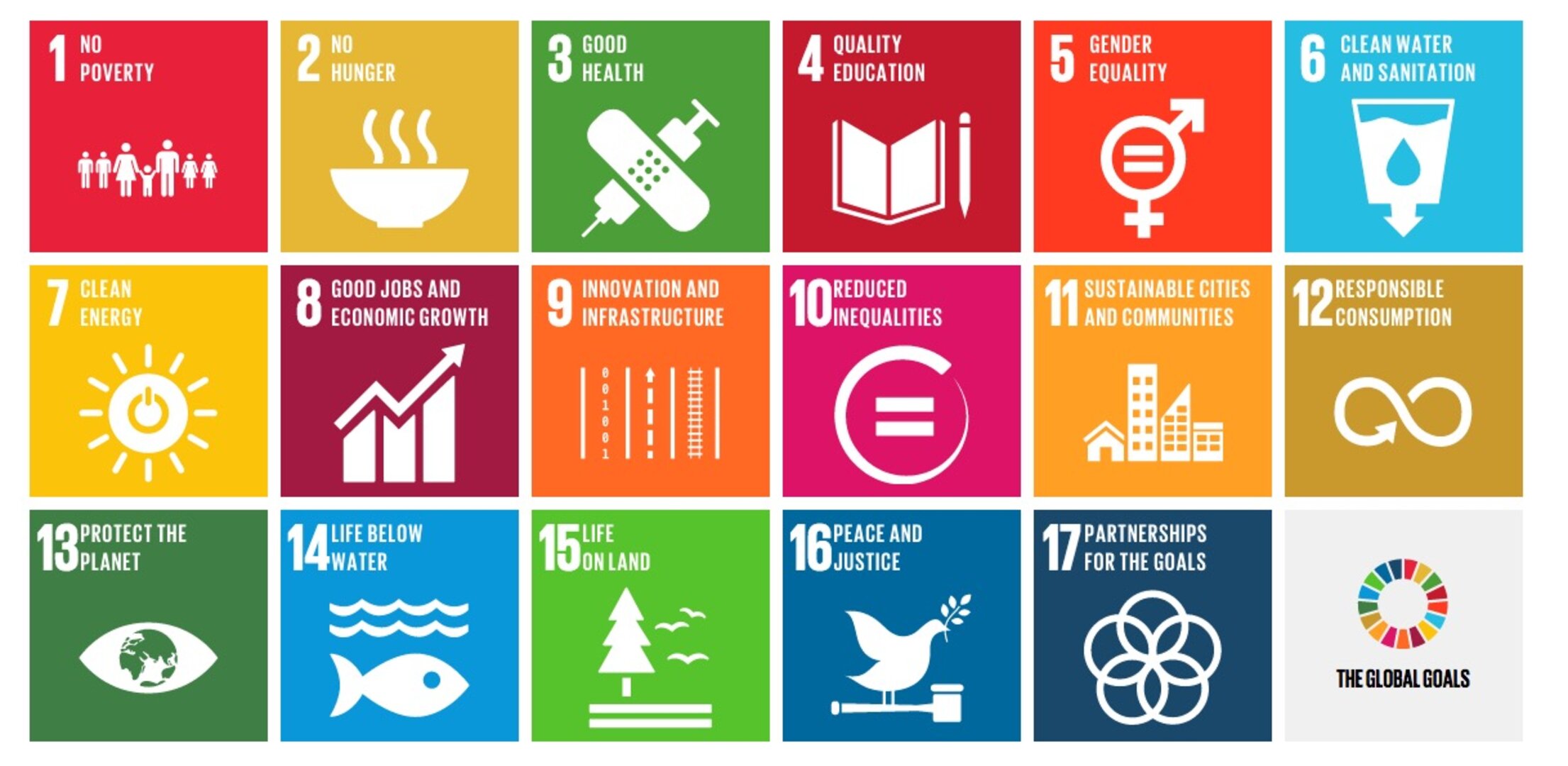
How to select high-quality carbon credits
As the world becomes increasingly aware of the impact of greenhouse gas emissions on the environment, more and more companies are looking for ways to go beyond reducing their footprint and neutralize unavoidable emissions. One way to do this is through the purchase of carbon credits. However, not all carbon credits are created equal. In this guide, we’ll provide you with some tips on how to select high-quality carbon credits.
Key factors
When selecting carbon credits, there are several key factors to consider (more quality criteria here):
- Additionality: This requires that the carbon project would not have happened without revenue from carbon credits. It is important to ensure that the project is not already receiving funding from other sources that would allow it to continue even without the sale of carbon credits.
- Permanence: Carbon projects should be designed to ensure that the carbon removed from the atmosphere stays out of the atmosphere, ideally forever.
- Trustworthy MRV (Measurement, Reporting, and Verification): Carbon projects should be able to measure the amount of carbon dioxide they remove from the atmosphere. The reporting and verification of carbon projects should be independently verified by a reputable third-party organization.
- Social co-benefits: Many projects have co-benefits such as new jobs created, clean energy, access to drinking water, and many more. The extra benefits are especially beneficial in the Global South and countries where the local authorities cannot fully support these factors intrinsically.
Best practices
To ensure that your company is selecting high-quality carbon credits, we recommend the following best practices:
- Do your research: Before purchasing carbon credits, research the carbon project and the organization behind it.
- Diversify your purchases: Don’t rely on a single source for your carbon credits. Instead, diversify your portfolio to ensure that you have a stable mix of different project types.
- Communicate transparently: When communicating about your carbon credit purchases, use a professional tone and be transparent about the impact of your purchases. Communicate the amount of carbon credits separately from your emissions to give the reader a transparent view of your organization.
Conclusion
It is important to remember that selecting high-quality carbon credits is just one step in the journey towards a more sustainable future. Companies should prioritize reducing their carbon emissions and implementing sustainable practices throughout their operations. Carbon credits are a tool to account for unavoidable emissions. By considering key factors such as additionality, permanence, trustworthy MRV, and social co-benefits and avoiding common pitfalls such as false claims and reliance on a single source, companies can ensure that they are making a positive impact on the environment.


